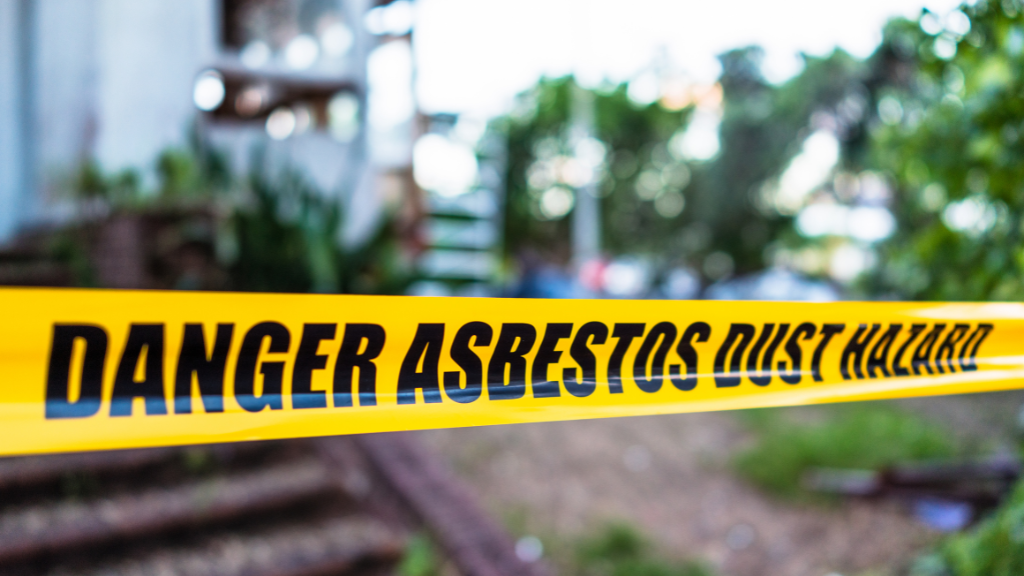Asbestos is not a problem that has gone away. Protecting people from asbestos effects is still a priority, because there are so many known risk factors. The latest figures show that there were 2,218 mesothelioma deaths in Great Britain in 2023. Inhaling asbestos fibres is known to cause cancers such as mesothelioma and lung cancer, as well as other serious lung diseases including asbestosis and pleural thickening.
Mesothelioma is almost exclusively linked to asbestos exposure and is estimated to account for around 20% of all UK deaths related to occupational lung disease.
This form of cancer mainly affects the external lining of the lung. Common symptoms of pleural mesothelioma include shortness of breath, chest pain, coughing, sweating, loss of appetite, weight loss, fatigue, and lethargy.
Because these symptoms can take many years to develop, cases are often diagnosed at a late stage, and the condition is frequently fatal within 12 months of symptoms appearing.
A Legal Duty
If you are responsible for a building where asbestos may be present, you have a legal duty to protect people from exposure risks. The first step is to determine whether asbestos could be present in your premises. Generally, buildings constructed after 2000 should not contain asbestos, though older equipment or machinery brought onto a site may still pose a risk.
For buildings built before 2000, it is recommended to assume that asbestos may be present. In most cases, an asbestos management survey will be required.
Once a survey has been completed and any asbestos-containing materials (ACMs) identified, the next step is to create a management plan. The survey findings should be used to develop an asbestos register, which forms a key part of this plan.
The asbestos register should include details such as the location, type, condition, and quantity of ACMs. It must also be kept up to date whenever work is carried out.
Your asbestos management plan should outline:
- Who is responsible for managing asbestos
- A schedule for monitoring materials left in place
- How information will be shared with workers and contractors
- Control measures to prevent disturbance of asbestos
- Emergency procedures if materials are accidentally disturbed
Any damaged asbestos-containing materials must be repaired, sealed, protected, or removed — depending on the most appropriate course of action.
➡️ If you need support in protecting people from asbestos and staying legally compliant and safe, explore our services – we can support your organisation through every issue.

